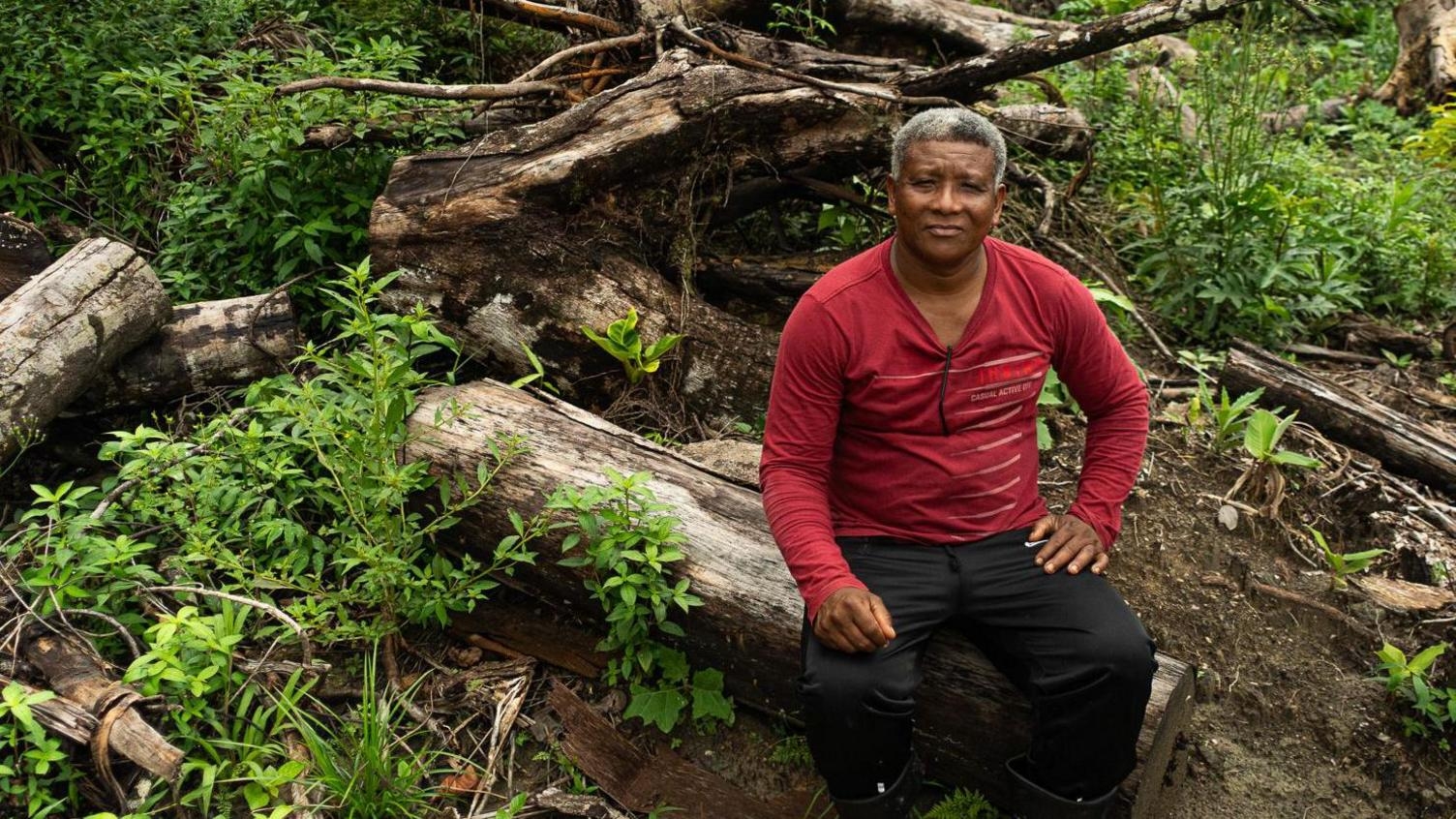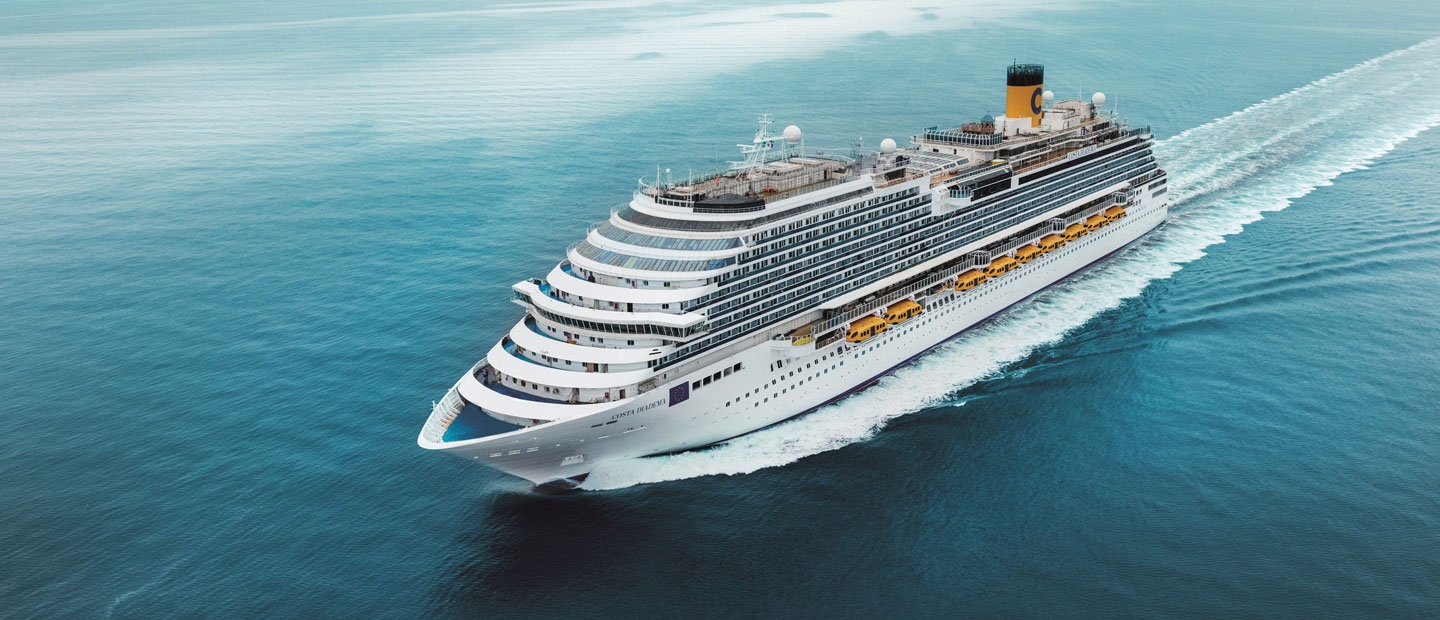Claudio Verequete used to make his living from açaí trees in Belém, Brazil. Then, the city had to make room for the 30th Conference of the Parties, also known as COP30.
The purpose of this COP is to bring leaders together to expand upon the United Nations Framework Convention on Climate Change (UNFCCC). At this conference, climate change goals are accelerated, previous successes are built upon, and progress is redefined. However, behind the scenes, the conference is riddled with contradictions.
Belém is expanding its infrastructure to accommodate world leaders, paving a highway through the Amazon that destroyed the trees that supported Claudio and his family. While COP secretary Valter Correia da Silva denies that the highway is related to the event, Pará's infrastructure secretary Adler Silveira claims that the renovations to prepare for COP30 will leave a positive legacy for the city. The groundwork for COP30 is already reshaping the city—and the forest around it.
Avenida Liberdade (which ironically translates to Liberty Avenue) traverses 12 rivers and decreases the habitat of the South American Squirrel Monkey, a species already facing population decline.
The city of Belém is going to host 60,000 people (some estimate more) to put world leaders next to the Amazon. The purpose of having COP in Belém is symbolic – let world leaders see the Amazon’s magnificence and be catalyzed to better steward their land. However, the influx of people to the area has proven to be problematic for the environment and the city’s residents. The symbolism is powerful – but it exacts a heavy toll.

The city is so poorly prepared to accommodate 60,000 guests that two cruise ships, the Costa Diadema and the MSC Seaview, are coming to provide more beds. The cruise ships, fully decked with pools, casinos, and spas, will add 5,000 beds each. Valter Correia da Silva emphasized that “the delegations aren’t coming to party or see a show. The conference is a very serious matter,” but it’s hard to take him seriously when attendees are on a party cruise. Between the ships, there are 10 diesel engines, churning gasoline and emitting massive amounts of CO₂. In fact, the river where the cruise ships are docked is currently being dredged to make room for the cumbersome vessels.
The irony is palpable: environmental leaders, gathered to address climate change, will reside on gas-guzzling cruise ships in an excavated river—floating symbols of the very problem they aim to solve.
The COP30-induced housing problem has permeated throughout Belém. Residents have been refused renewal of their apartments so that landlords can accommodate international guests at higher prices. Some leaders will stay at an erotic hotel. Schools and barracks have been converted to temporary living areas to supply more beds for the event. Residents are vacating their homes to provide AirBnB’s – at prices up to $100,000 USD for the duration of COP.

It’s not all bad, though. The Brazilian government has been touting the event as an investment opportunity intended to modernize Belém’s infrastructure and enhance the quality of life for its inhabitants. About 4.7 billion BRL (~826 million USD) has been spent on renovations for the city’s sanitation, public spaces, and water supply systems, among other renovation projects. Flooding is a recurring problem in the city, worsened by polluted watersheds that contain human waste. So, the renovations have potential to stop the yearly flooding during the rainy season. These sanitation improvements were tangible for Josiele Alves de Castro. In an interview with The Economist, she said the polluted stream outside her home used to flood during the rainy season, but now the road is paved and has working drainage.
Numerous reporting bodies have considered different aspects of why COP30 is problematic, from poor sanitation and sewage infrastructure to high crime rates. However, there is an existential risk faced by the Indigenous voices at the COP. There is a real danger that Indigenous voices will be treated as symbolic gestures—highlighted in ceremony but excluded from real decision-making.
The Amazon is home to 1.5 million Indigenous people; the leaders of these Indigenous communities have proven to be fierce advocates for the Amazon, fighting major oil and gas companies such as Eneva. The Indigenous communities should not just be present at COP30 – their voices should be central to climate advocacy. These communities often bear the greatest consequences of environmental degradation while simultaneously being its greatest champion. Sônia Guajajara, the Minister for Indigenous Peoples, will be central to the conference’s message about Indigeneity.It’s a sign of hope for historically marginalized voices – the question is no longer whether Indigenous voices will be present, but whether they will finally be heard.
Ultimately, the legacy of the COP is at stake.
The conference has one foot in the grave, the other on an escalator. The grave has Avenida Liberdade cutting down trees in the Amazon. It has the Costa Diadema and the MSC Seaview emitting carbon from a dredged river. It has the odd solutions to fix the lack of beds, including the erotic hotel and the modified schools and barracks.

The escalator represents the lasting outcomes from the infrastructure projects. It strengthens sanitation and reduces flood risk. It improves public spaces. It has international leaders listening to Indigenous perspectives, moved by personal accounts of environmental degradation amidst fierce stewardship. Most of all, it has strong, tangible outcomes regarding international climate action.
This November, the world has its eyes on Belém: Will it rise to meet the moment, or collapse under the weight of its contradictions?